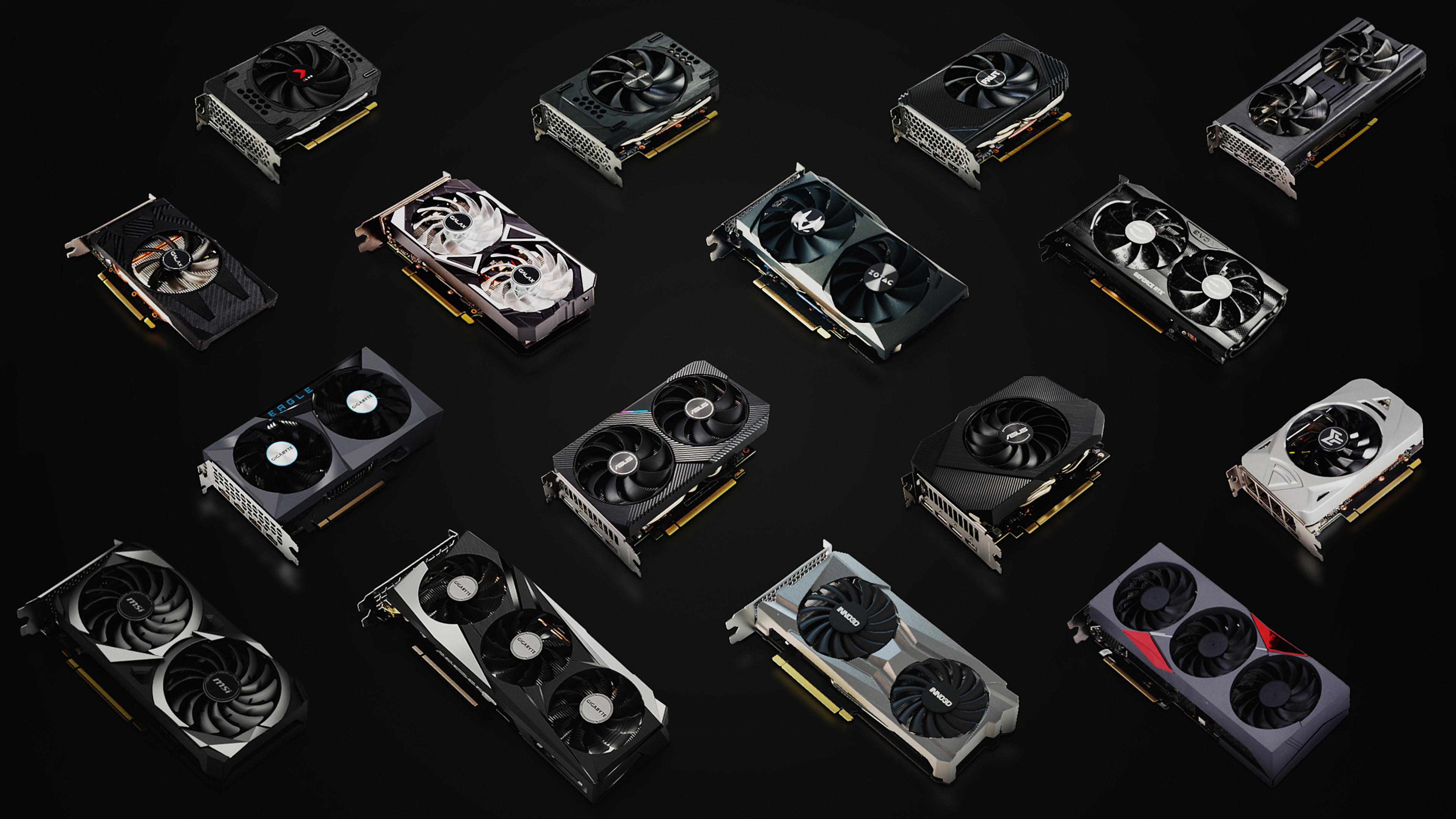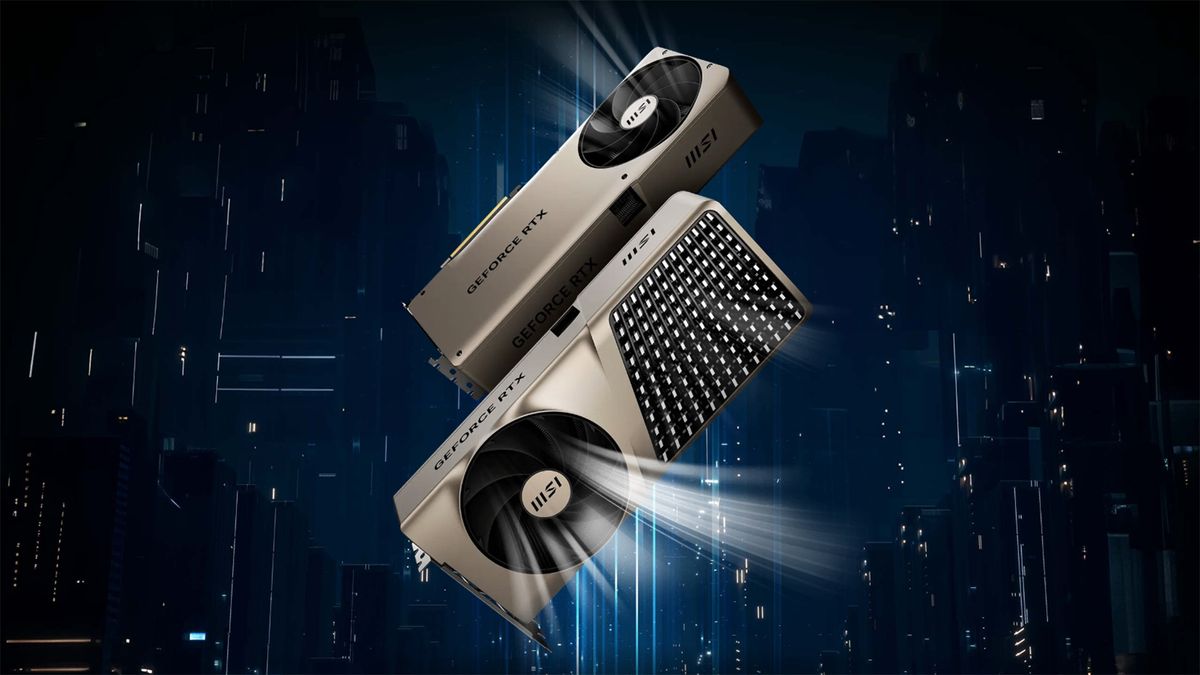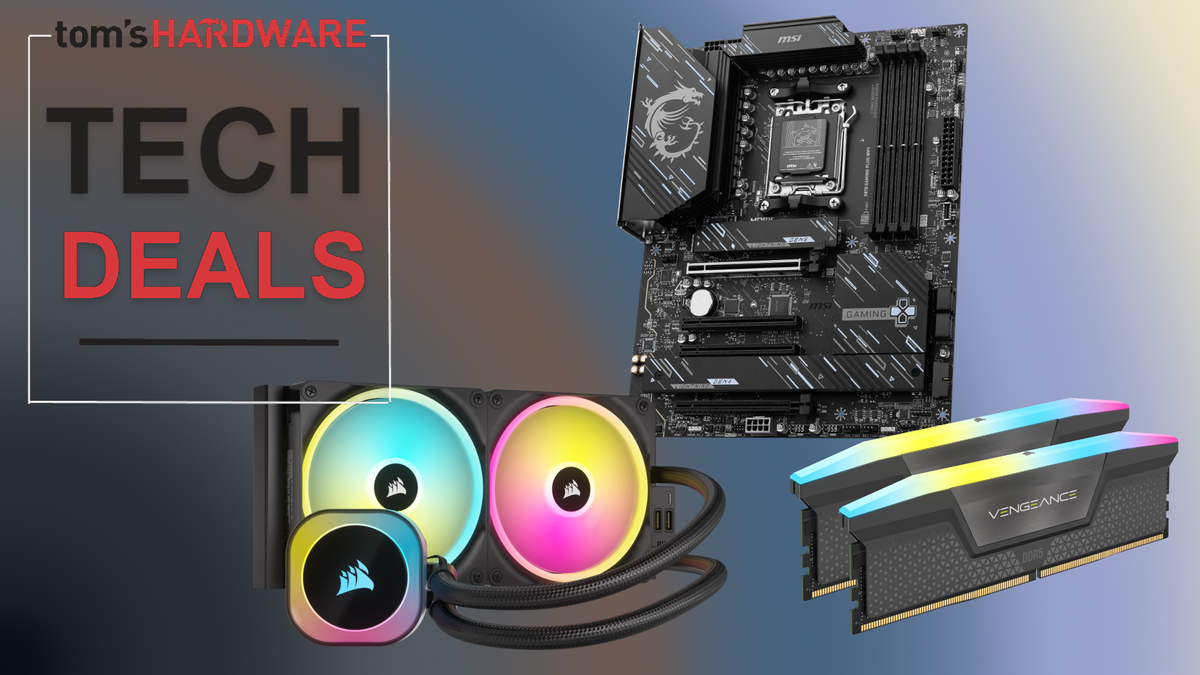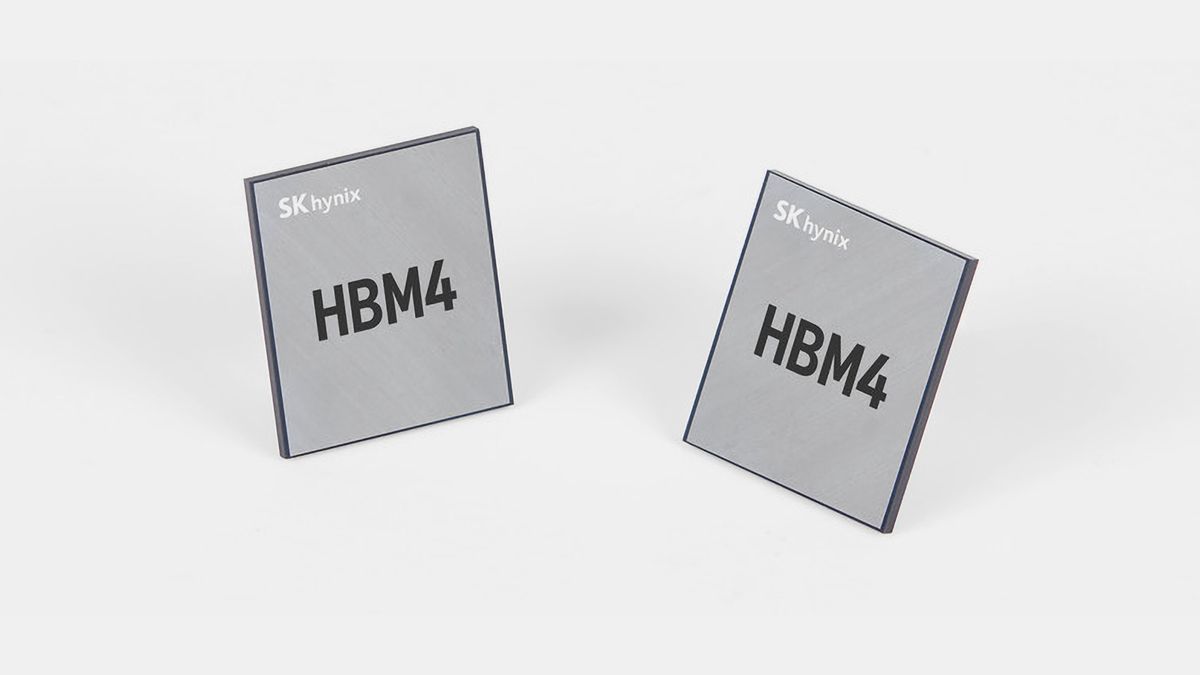Even some of the best graphics cards come and go, but not the GeForce RTX 3050. The latest version of GPU-Z, a popular information and monitoring utility, shows support for an unannounced GeForce RTX 3050 A graphics card, which appears to be the fifth iteration of the original GeForce RTX 3050.
The initial signs of a GeForce RTX 3050 A appeared last year when it was listed in a PCI ID database as the GeForce RTX 3050 A Laptop GPU. Nvidia later confirmed its existence and specifications, stating that this graphics card was using the newer AD106 (Ada Lovelace) silicon instead of the original GA107 (Ampere) silicon.
The changelog of GPU-Z indicates support for a GeForce RTX 3050 A. There's no word on whether this is a mobile chip, so there's a possibility it could be a desktop graphics card.
There are already four versions of the GeForce RTX 3050 available. The GeForce RTX 3050 4GB (GA107) and 8GB (GA106) launched in 2022, with the 8GB (GA107) model arriving later that year. The now-second-newest version was released last year as the GeForce RTX 3050 6GB. As a result, the GeForce RTX 3050 A would be the fifth variation to wear the GeForce RTX 3050 name.
The AD106 silicon in this new RTX 3050 is the same that Nvidia employs in both desktop and mobile SKUs such as the GeForce RTX 4060 Ti, GeForce RTX 4070 Mobile, and GeForce RTX 4070 Max-Q. AD106 is substantially smaller than the GA107 and GA106 previously used in the GeForce RTX 3050. However, thanks to TSMC's 4N FinFET process, AD106 has a higher density with more room for transistors.
GeForce RTX 3050 A Specifications
Swipe to scroll horizontally
GeForce RTX 3050 A | Ada Lovelace | AD106 | 188 mm² | 22.9 billion | TSMC 4N FinFET | ? | ? | ? |
GeForce RTX 3050 6GB | Ampere | GA107 | 200 mm² | 8.7 billion | Samsung 8N | 2,304 | 6GB GDDR6 | 96-bit |
GeForce RTX 3050 8GB GA107 | Ampere | GA107 | 200 mm² | 8.7 billion | Samsung 8N | 2,560 | 8GB GDDR6 | 128-bit |
GeFore RTX 3050 4GB | Ampere | GA107 | 200 mm² | 8.7 billion | Samsung 8N | 2,048 | 4GB GDDR6 | 128-bit |
GeForce RTX 3050 8GB | Ampere | GA106 | 276 mm² | 12 billion | Samsung 8N | 2,560 | 8GB GDDR6 | 128-bit |
The two 8GB and the 4GB versions of the RTX 3050 have 2,048 and 2,560 CUDA cores, respectively. The 6GB SKU sits in the middle with 2,304 CUDA cores and 6GB of memory. Notably, the Ampere-based graphics card has a narrower 96-bit interface, compared to the 128-bit bus on the other models.
The exact specifications of the GeForce RTX 3050 A remain a mystery. However, the GeForce RTX 3050 A Mobile was limited to 1,792 CUDA cores. This reduction in cores compared to Ampere is understandable, since the Ada Lovelace architecture provides a significant performance upgrade over Ampere. Early benchmarks indicated that the GeForce RTX 3050 A Laptop GPU was very close to matching the performance of the GeForce RTX 3050 Ti Laptop GPU.
Nvidia may have started using AD106 dies in the GeForce RTX 3050 because it ran out of GA106 or GA107 dies and turned to AD106 to fulfill contractual commitments. Alternatively, the company may simply be disposing of leftover or defective AD106 silicon, a strategy that it has often employed previously. AD106 possesses 4,608 CUDA cores, so even two-thirds of the good silicon is more than enough to power a GeForce RTX 3050.
At least Nvidia has made an effort to clearly distinguish the GeForce RTX 3050 A from the other four variations. The release date of the new version remains unknown, however, and it remains to be seen whether a boxed version of this card will ever land on retail shelves.
Follow Tom's Hardware on Google News to get our up-to-date news, analysis, and reviews in your feeds. Make sure to click the Follow button.

 4 months ago
72
4 months ago
72






 English (US) ·
English (US) ·